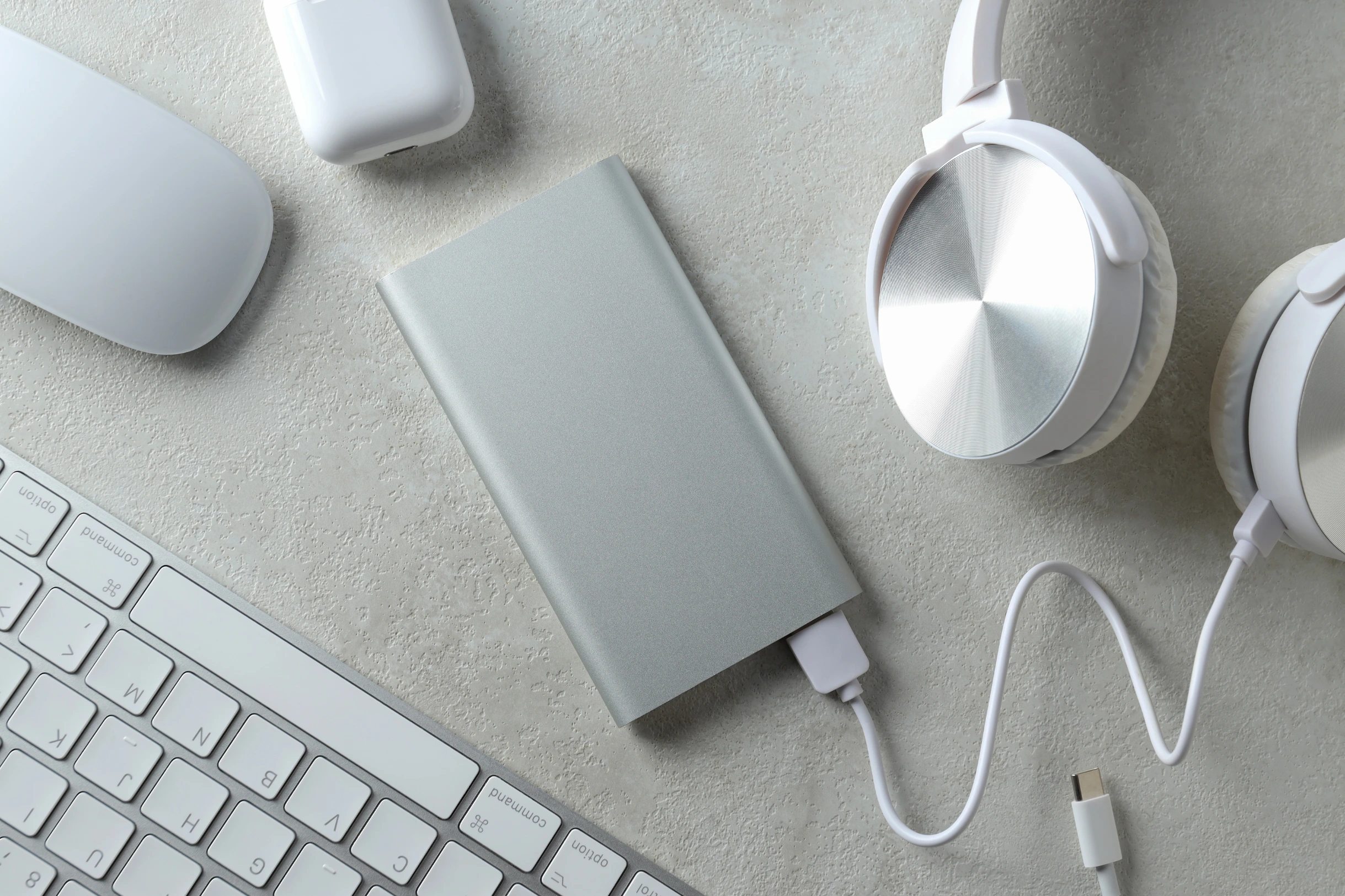When your phone battery dies during a flight delay or your devices run out of juice during a power outage, a reliable power bank becomes your lifeline. Whether you’re a frequent traveler or want to be prepared for emergencies, choosing the right portable charger can make all the difference between staying connected and being left in the dark.
Why Every Traveler Needs a Quality Power Bank
Modern travel puts unprecedented demands on our devices. From GPS navigation and mobile boarding passes to emergency communications and entertainment during long journeys, our smartphones and tablets work overtime. A dead battery isn’t just inconvenient—it can be genuinely problematic when you need directions in an unfamiliar city or can’t access important travel documents.
Emergency preparedness has become increasingly important, with natural disasters and power grid failures making backup power solutions essential household items. A dependable power bank serves as your personal backup power station, ensuring critical devices remain operational when traditional power sources fail.
Important Characteristics of Travel Power Banks
Battery Capacity and Output Power
The most crucial factor is battery capacity, measured in milliampere-hours (mAh). For travel purposes, consider these guidelines:
Perfect for day trips and short travels, capable of charging most smartphones 2-3 times
deal for extended travel and emergency kits, can power multiple devices for several days
Best for emergency preparedness but may exceed airline carry-on restrictions
Look for power banks with multiple USB ports and fast-charging capabilities. Quick Charge 3.0, USB-C Power Delivery, and wireless charging support add versatility for charging various device types simultaneously.
Portability and Durability
Weight matters when traveling. Compact, lightweight models with power capacity. For emergency use, prioritize rugged construction with impact resistance and weatherproofing. Some power banks feature built-in flashlights—invaluable during power outages or outdoor emergencies.
Top Power Bank Categories for Different Needs
Best Airline-Approved Travel Power Banks
Most airlines allow power banks under 100Wh (roughly 27,000 mAh) in carry-on luggage. Popular airline-compliant options include slim-profile models that easily fit in laptop bags without adding bulk. Look for power banks with clear capacity markings to avoid security checkpoint delays.
Emergency Preparedness Power Banks
Emergency-focused power banks often include additional features like solar charging panels, hand-crank generators, or built-in radios. These multi-functional devices prove invaluable during natural disasters when grid power remains unavailable for extended periods.
High-Capacity Power Banks for Extended Adventures
For camping trips, international travel, or situations requiring days of backup power, high-capacity models become essential. These typically feature rugged cases, multiple charging methods, and enough power to keep laptops, cameras, and communication devices running.
Essential Safety Considerations
Quality matters significantly with lithium-ion batteries. Cheap, uncertified power banks pose fire and explosion risks, especially problematic during air travel. Always choose models from reputable manufacturers with proper certifications (UL, CE, FCC).
Temperature extremes affect battery performance and safety. Avoid leaving power banks in hot cars or exposing them to freezing conditions for extended periods. Store them partially charged (around 50%) for optimal battery longevity.
Maximizing Your Power Bank’s Effectiveness
Pre-charge your power bank before travel and check its charge level monthly. Use airplane mode on devices to conserve battery during charging. Invest in quality charging cables—poor cables waste energy and charge devices slowly.
For emergency preparedness, rotate power banks every few months, ensuring they remain functional when needed. Consider keeping one power bank in your car, one at home, and one in your travel bag for comprehensive coverage.
Final Thoughts: Staying Powered Up When It Matters Most
The best power bank for travel and emergency use balances capacity, portability, and reliability. Don’t wait for an emergency to discover your devices are dead—invest in quality portable power solutions now. Whether navigating foreign airports or weathering power outages at home, the right power bank keeps you connected when connectivity matters most.
Remember: the most expensive power bank is useless if it’s not charged when you need it. Make checking and maintaining your portable chargers part of your regular travel and emergency preparedness routine.
Frequently Asked Questions
Q: Can I bring any power bank on a plane?
A: Airlines typically allow power banks under 100Wh in carry-on luggage only. Check your airline’s specific policies, as regulations vary by carrier and destination.
Q: How long do power banks last?
A: Quality power banks maintain 80% capacity after 300-500 charge cycles (roughly 2-3 years of regular use). Proper storage and temperature management extend lifespan.
Q: Should I fully drain my power bank before recharging?
A: No, modern lithium-ion batteries perform best with partial discharge cycles. Charge when convenient rather than waiting for complete depletion.
Q: Are solar power banks worth it for emergencies?
A: Solar charging works well as a backup option but charges slowly. They’re excellent for extended outdoor activities but shouldn’t be your only emergency charging method.





